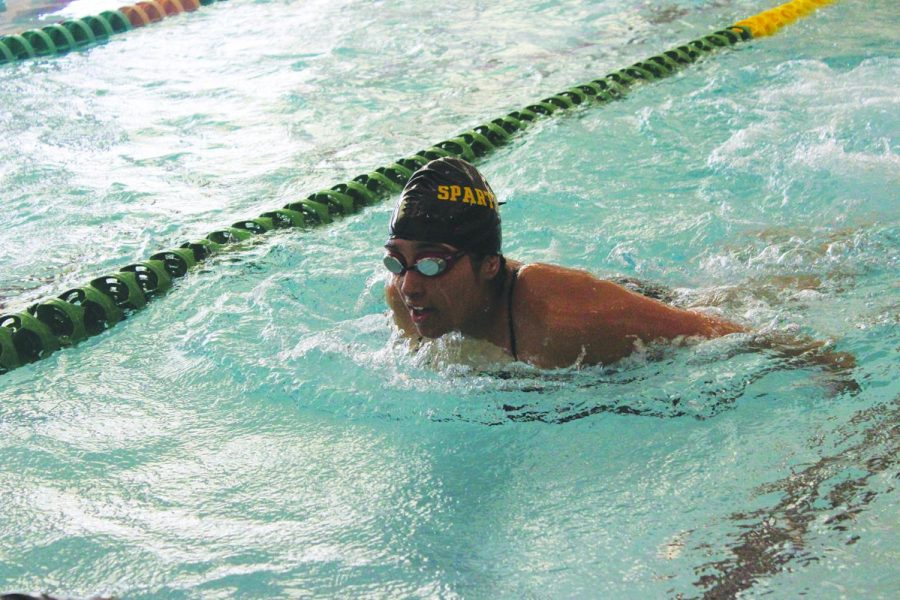As the fall sports season is in full swing, athletes take to the fields, courts and pools hoping to lead their teams to the top of the conference. Coaches and athletes alike fear injuries such as ankle sprains or stress fractures that can take players out of commission.
While attention is turned toward wounds visible to the eye, up to 50 percent of female and 17 percent of male endurance athletes suffer from a condition caused in part by what is on their dinner table: iron deficiency.
Junior Sarah Chinwalla, a member of the swim team, found out she was iron deficient about three years ago, she said.
“I realized I was getting dizzy at certain times, I felt lightheaded and thirsty,” said Chinwalla. “I was in [Glenbrook Swim Club] and I would have to take breaks often. I didn’t want to pass out.”
According to registered dietician Rachel Bassler, iron deficiency is a condition of low iron levels in the body that, particularly in endurance athletes, can really affect performance.
Iron is an essential nutrient that helps carry oxygen throughout the body, which is especially important for athletes who are using their muscles repetitively, Bassler said.
“If you have low iron, it could potentially impair concentration, cause you to feel fatigued and increase your risk of injury,” said Bassler. “It may also cause weakness, dizziness, shortness of breath or a rapid or weak heart rate, all of which may have short or long-term effects on the body.”
According to Chinwalla, she passed out in the shower after a hard swim practice at the beginning of the season.
“When I got out of the shower, I felt like I was going to fall [again] and I was so dizzy,” Chinwalla said.
If teens are experiencing symptoms of iron deficiency, they should see their pediatrician for a simple blood test before proceeding with treatment. Depending on the severity of iron deficiency, doctors may recommend iron supplements or eating certain iron-rich foods.
Females, especially female athletes, require more iron in their diets than males because they lose blood everymonth through menstruation, pediatrician Patricia Brunner said.
There are simple ways that student athletes can include more iron in their diet and increase absorption in the body, Bassler said.
Heme iron, which is found exclusively in animal products like meat and seafood, is better absorbed by the body than non-heme iron, which is found in plant products like vegetables, nuts and beans.
A trick to increase iron absorption is consuming vitamin C-rich products like orange juice, along with iron-rich foods, and avoiding tea, coffee and cocoa with meals.
According to Chinwalla, her swimming has improved dramatically and her iron-related episodes have become less frequent since taking control of her iron deficiency.


